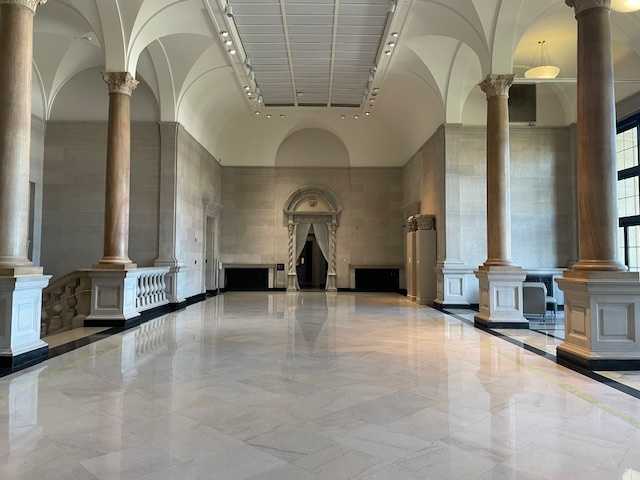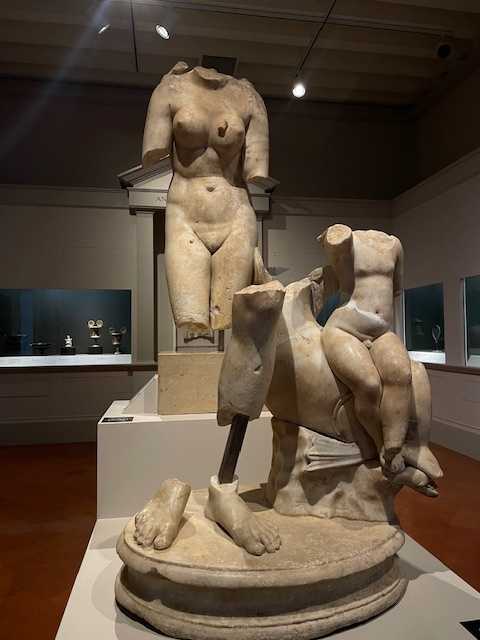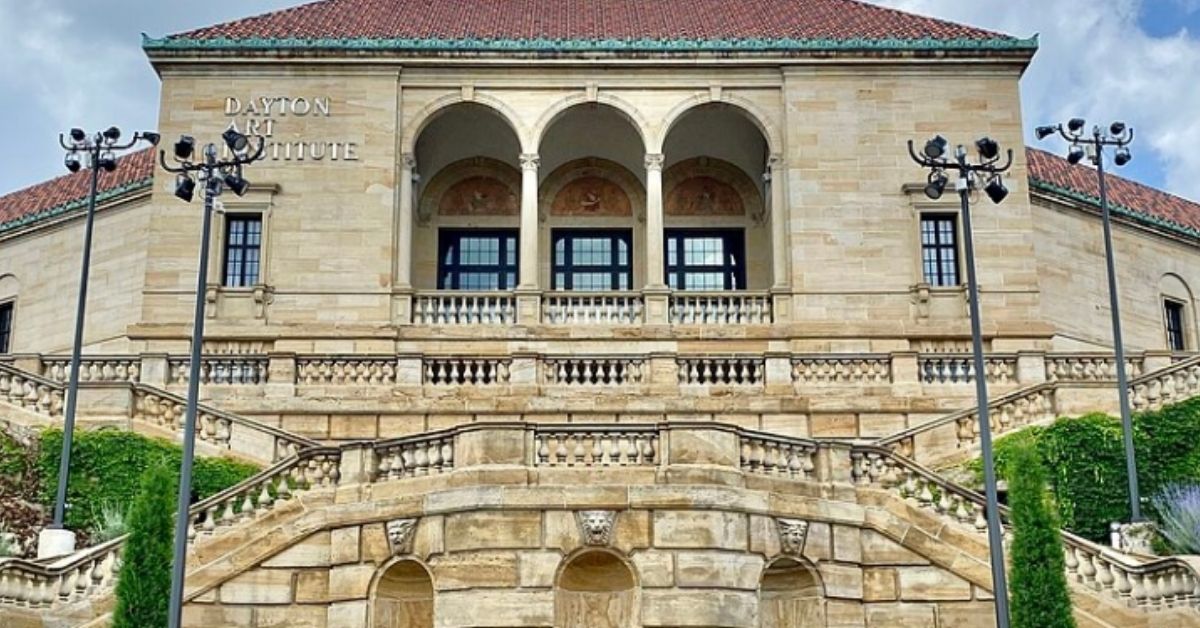In our current age, traditional forms of art are often seen as archaic mediums that only stuffy, pretentious posers with a superiority complex enjoy. However this is a stigma that is perpetuated by modern culture, which tends to focus more heavily on newer, more contemporary forms of art. To break free of this stigma, anybody with enough interest in history and human expression can visit a local gallery.
Fortunately for Dayton, there is an exceptional institute just outside of downtown. The Dayton Art Institute hosts a collection of permanent and rotating pieces for every Daytonian to marvel.

The institute began its life in downtown as the Dayton Museum of Arts. The official letter of incorporation was signed on Feb. 28, 1919. Originally the museum was housed in the Kemper home in downtown Dayton. From there the museum only grew in both size and popularity.
The institute got its proper name in 1927 shortly before construction began on its current site the following year. This building was funded through the pledges of many people, not the least of which being Julia Shaw Patterson Carnell who pledged $2 million (roughly $38 million when adjusted for inflation) to ensure the museum was built.
Carnell had a love of art, particularly the Italian palazzos she had seen as a child. She loved art so much that she wanted to give it as a gift to her community.
This love gave way to the current state of the Dayton Art Institute. It is a beautiful place one can go to forget their troubles and immerse themselves in another world through the eyes of various artists. Sinclair College students especially can make great use of the Institute.
Unfortunately, a large part of why people do not go to art collections often is usually money. Admission fees can get quite expensive, but the institute has committed to giving the opportunity to students of Sinclair.
“With Sinclair students, we actually have a program set up that all Sinclair students receive free admission to the museum. And so I don’t know that everyone knows how accessible it really is,” Erin Wood, market communications manager, said.
Wood noted how the close proximity of Sinclair’s Dayton campus made it ideal for interested students to visit the institute.
“Being located truly just a few streets away from [Sinclair], it’s super easy for most people to get here. The museum is accessible from Sinclair by walking. We are also right on an RTA route. We are right on the Link bike path route as well. So it’s really easy for students to get here,” Wood said.
When one thinks about art, they sometime have a reductive view of what the expression is or can be. Some might think of art as just plain statues or paintings of foreign landscapes, devoid of anything relating to themselves.
The Dayton Art Institute, however, has a plethora of art from all over the world in a multitude of styles. From the traditional forms to more esoteric and unusual creations. The kinds of pieces one can find at the institute range wildly. There are paintings depicting many different subjects all the way to historical examples from across the world.
“We have a collection that has over 30,000 objects or over 35,000 objects in it that spans…all over. So we’re not just modern art and we’re not just historical pieces,” Wood said.
Art is not just a frivolous way to spend ones time, it can have a profound effect on a persons life. Art at its most basic concept is simply human expression. There is a unique insight and connection a person can gain by experiencing the human expression of people from all over the world.
This variety of creators imbues their pieces with an equal number of viewpoints. The things an artist might see are usually not what most people see. Viewing these pieces allows one to view the world through a different lens.

This effect is even stronger with pieces from non-western countries. Countries displayed at the Dayton Art Institute such as Korea and India have cultures vastly different from what most locals are accustomed to. Seeing through the eyes of someone who is a part of these cultures is a way to see something one might not have otherwise.
“You get to experience so much culture that you would not get to experience without leaving the Dayton region. So while students are in a place where they are very busy and they have so much going on, and they don’t always have the means to travel the world, and they don’t always have the means to take in these amazing art exhibitions that are all over, the Dayton Art Institute offers them that opportunity to really expand their horizons,” Wood said.
Students can even go to the institute multiple times, and each time they will find something new as new exhibits rotate seasonally.
“It changes a little bit yearly, but typically throughout the year, we have three special exhibitions that happen. So we’ll have one that’s in that first third of the year, one that’s in the second, and then one that is starting at the end of the year, normally about the October time frame, that goes into the very beginning of the next year,” Wood said.
This means returning visitors will always have something new to see. The kinds of exhibits that get rotated in are always worth seeing as well. An exciting new exhibit that has recently opened to the public is about a local Dayton artist.
“Our new special exhibition, which is titled Curtis Barnes Sr., Dayton Icon… He is a Dayton local artist and was known really as a community leader for how much teaching he did within the community,” Wood said.
Students that want to experience some nice art from across the globe and throughout time for free should go to the Dayton Art Institute when they have the time. Art is for everybody to create, experience, ponder and enjoy. It is the telling of a diverse yet shared human story.
Andrew Barnes, staff writer
Check out more posts by the Clarion:
- A holiday tail with a twist: ‘Twas’ brings inclusivity, pets and sign language to Sinclair Theatre
- Editorial: Calling out the press – or silencing it? The White House’s troubling new tactic
- Winter Wonderland brings cozy cheer to Sinclair Dayton Campus
- ‘Wicked: For Good’? Depends who you ask
- Dr. Simon Workman shares his path from homeschool to doctorate

